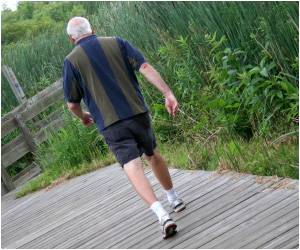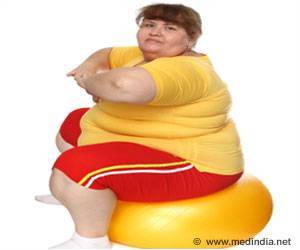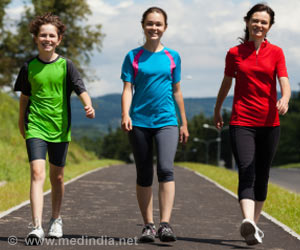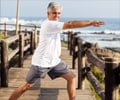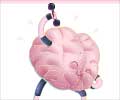Among the elderly, keeping strong and physically fit is crucial to maintaining independence.

Researchers followed 424 sedentary, mobility-limited seniors aged 70-89 for a year. Participants were randomly placed in a group that focused on either health education or physical activity. The health education group received ongoing presentations on eating right, how to properly use medication, and other information on maintaining a healthy lifestyle, but did not perform exercise as part of the study. Seniors in the physical activity group were taught a variety of strength (e.g., squats and leg raises) and balance exercises and a walking program that they were encouraged to perform both in a group setting and at home.
The researchers measured changes in walking speed and participants' ability to perform other tasks such as getting up from a chair. They found that the physical activity intervention led to greater improvements walking speed among ID and DD genotype carriers (29.9% and 13.7% respectively). However, among II genotype carriers, health education alone led to more improvements in walking speed than physical activity intervention (20% vs. 18.5%). II carriers in the physical activity group also experienced smaller gains in lower body performance than those in the health education group.
These findings suggest that the ACE I/D genotype may be a significant factor in how well seniors respond to exercise. This insight could be used to develop more effective, individualized, and senior-friendly exercise recommendations for improving physical function and preventing in disability.
Source-Eurekalert

